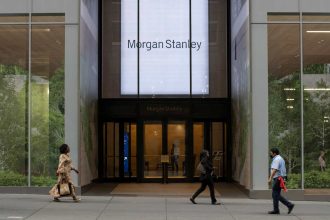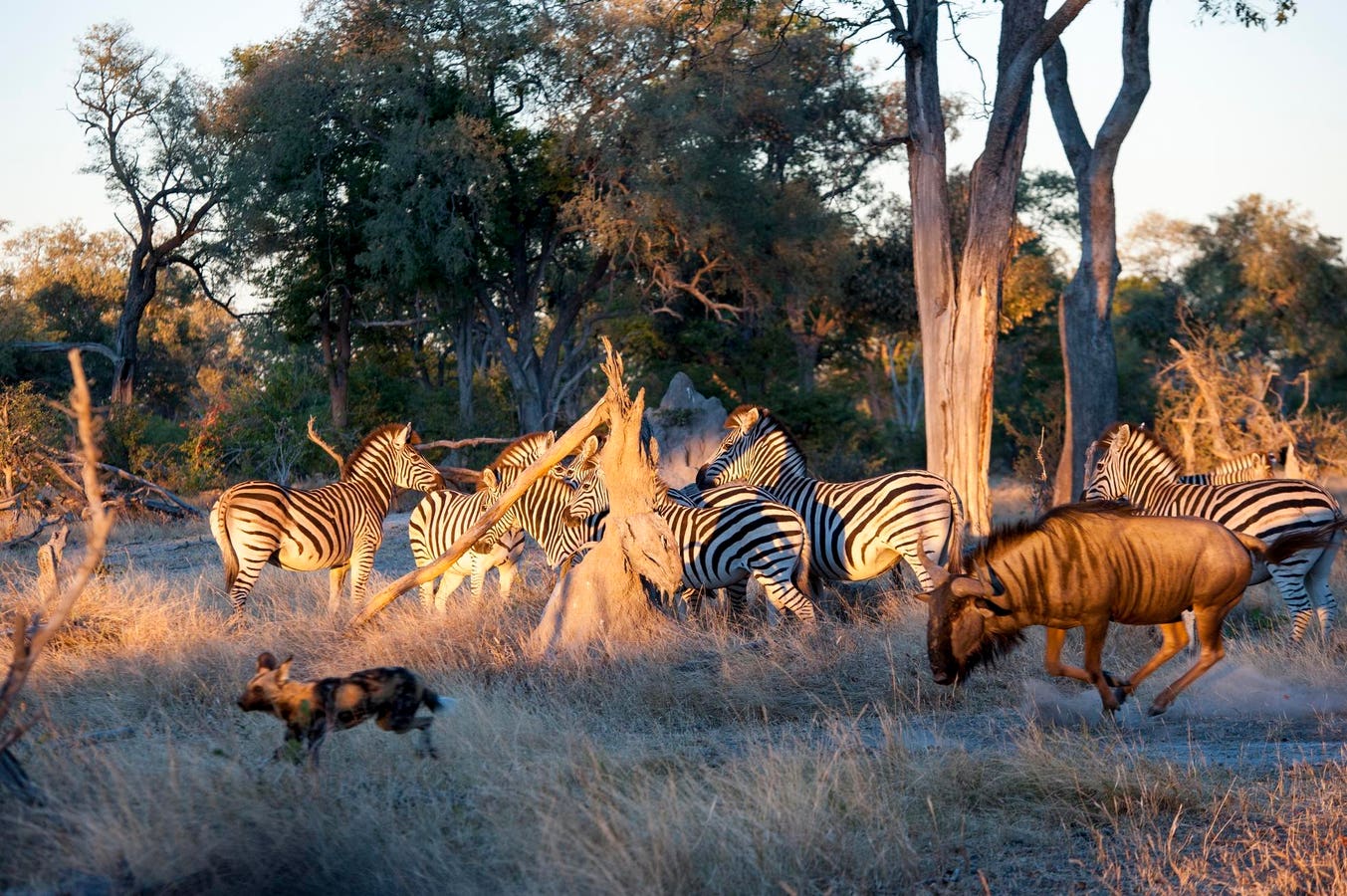How do we place a value on the flutter of a butterfly’s wings or the majestic stride of an elephant? We can’t price biodiversity, but we know that the ecosystem is worth more alive than dead. The biological community is sacred and deserves more protection from poaching and land development.
As such, safeguarding our biodiversity requires collaboration, creativity, and cash—changing incentives so that elephants and butterflies have more value than the alternatives.
Enter carbon finance: Through the UNFCCC REDD+ framework under the Paris Agreement, we are helping save our treasured rainforests and the myriad of lives they nurture. Rainforests comprise less than 5% of the world’s surface, but they are the lifeblood for more than 50% of all life on the planet. A deeper dive shows they are home to two-thirds of the world’s plant species and countless unique creatures.
These were some of the sentiments expressed at the World Biodiversity Summit in New York City. I am the editor-at-large for the Coalition for Rainforest Nations, representing at least 65 countries dedicated to preserving their rainforests.
The good news is that 188 governments visited Montreal a year ago to share solutions to protect biodiversity. So did oil company representatives from BP, ExxonMobil
XOM
The stakes could not be higher, said a report by the Intergovernmental Science-Policy Platform on Biodiversity and Ecosystem Services.
“The health of ecosystems on which we and all other species depend is deteriorating more rapidly than ever,” said Sir Robert Watson, chair of the biodiversity platform. “We are eroding the very foundations of our economies, livelihoods, food security, health, and quality of life worldwide.”
Native species in most major land-based habitats have fallen by 20% since 1900. And 40% of amphibian species, 33% of reef-forming corals, and a third of all mammals are threatened, the report said, adding that external forces threaten 1,000 types of mammals. The challenge is to scale up efforts to save biodiversity.
Merging Wildlife and Rainforests Causes
Separately, the Living Planet Index found that wildlife populations declined by an alarming 69% worldwide between 1970 and 2018. It’s a function of timbering, agriculture, and climate change. Rainforests don’t just provide a home to wildlife; they also absorb CO2 from the atmosphere.
Indeed, climate activists and biodiversity advocates have a symbiotic relationship. They both need climate finance to fulfill their goals. When we preserve the rainforests, we also save the natural habitat and wildlife.
For example, Gabon has gone to great lengths to keep its rainforests intact. Thus, its elephant population has increased from 60,000 to 95,000 since 2000. In contrast, Cameroon lost 90% of its elephants. Meanwhile, Belize is making similar strides in preserving its rainforests — a move that allows its massive jaguar population and 800 species of birds to thrive.
“Nature and biodiversity are dying the death of a billion cuts,” Inger Andersen, executive director of the United Nations Environment Program, said in a speech. “And humanity is paying the price for betraying its closest friend. There can be no healthy nature without a stable climate, and vice versa.
“So the framework must dovetail with the Paris Agreement. It must dovetail with other international agreements on land degradation, forests, oceans, and chemicals and pollution – including the global deal to end plastic pollution under negotiation,” the executive director adds.
Increasing the financial flows from developed to developing countries is at the heart of the UN program’s purpose. By 2030, it wants to mobilize at least $200 billion yearly. To this end, environmentalists and policymakers have developed biodiversity credits to protect the natural habitat.
We should ask more affluent countries for money to save wildlife and biodiversity. But those in the trenches know this sounds like Groundhog Day — promises that never come true. So, the savvier approach is to group the efforts with an existing framework such as REDD+. It is global and operational and covers 95% of the world’s rainforests. Then we have a chance.
Extending the ecosystem’s life is, therefore, a collaborative effort that has an immeasurable value to the environment and the economy — the lifeblood of human existence.
Read the full article here





